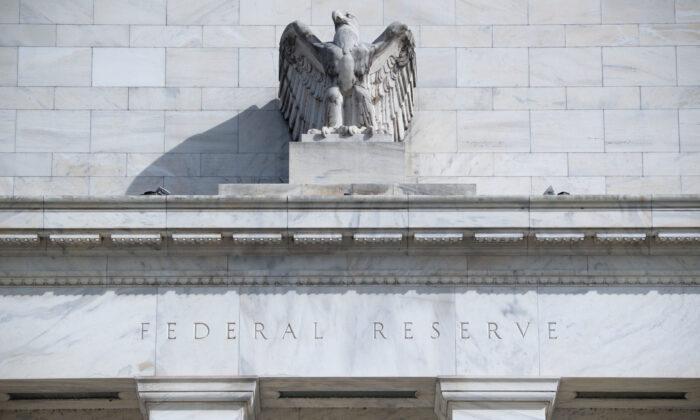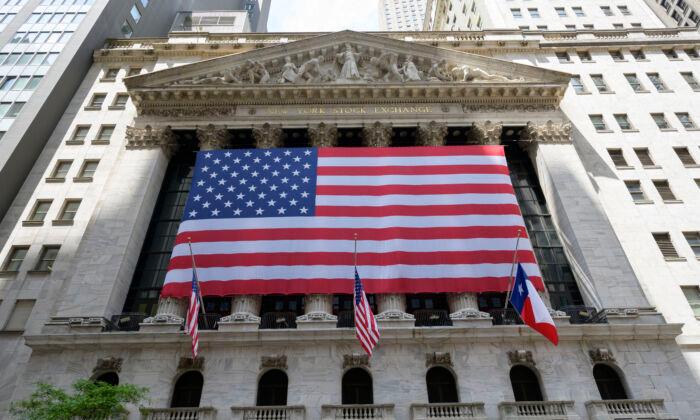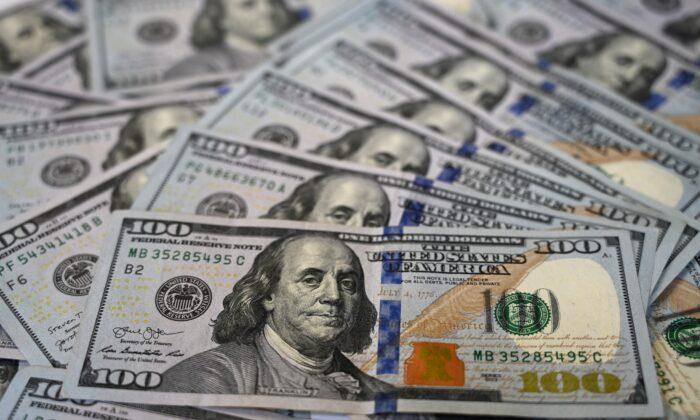Only recently did Federal Reserve Board members realize their purchases of more than $4.5 trillion in securities over the past two years were excessive. This week they will try to undo their mistake by sharply increasing interest rates and selling securities.
Specifically, the Fed plans to raise its target interest rate from 0.8 percent to 1.3 percent, then follow up with a July increase to 1.8 percent. The Fed also says it will sell $47.5 billion in securities monthly in June, July, and August; then beginning in September, increase monthly sales to $95 billion.
When the Fed purchases securities, it puts money into the economy. The additional money tends to lower interest rates, increase spending and send inflation higher. Selling securities does the opposite. It reduces available money, raises interest rates, and slows spending.
Since the end of 2019, the Fed has purchased over $4.5 trillion in securities and held interest rates artificially low. The result: the Fed flooded the economy with money and created the highest inflation in 40 years.
How could the Fed make such a colossal policy mistake?
As with previous policy mistakes, this one is directly related to a change in the Fed’s operating procedures.
Traditionally, the Fed would alter interest rates indirectly by buying or selling securities.
If the Fed believed the economy needed more money it would buy securities, which lowers interest rates while increasing the money supply. To slow spending and inflation, the Fed would sell securities, which raises interest rates and takes money out of the economy.
Under this traditional procedure, interest rates would adjust to the buying and selling securities. The change in interest rates provided valuable feedback about how appropriate the Fed’s policy moves were for the economy.
In late 2007, the Fed changed its operating procedures. Instead of responding to the economy by buying and selling securities, the Fed decided to target interest rates and allow its securities holdings to adjust, regardless of the economy’s performance. Unfortunately, during the first half of 2008, the Fed set its interest rate targets too high for economic conditions. To force financial markets to adjust to those targets, the Fed sold off 40 percent of its securities, taking massive amounts of money out of the economy. What followed was the worst financial crisis since the 1930s.
The Fed waited until early 2009 to correct for its mistake. In February and March of that year, the Fed bought back almost all the securities it had sold. Almost immediately, the stock market turned positive. By mid-year the economy began to recover. The financial crisis ended.
Since 2009, the Fed continued to arbitrarily set interest rate targets with little relation to its purchases and sales of securities. Instead, the Fed used its financial power to force financial markets to adjust to its artificial interest rate targets. In so doing, the Fed bypassed market signals, distorting financial markets.
The Fed’s misguided approach to policy led to the current runaway inflation. Had the Fed allowed interest rates to respond to its massive purchases in securities in 2020, interest rates would have moved sharply higher. The rise in interest rates would have provided a clear, early warning of potential serious inflation. Had policymakers heeded the warning, they would have limited purchases of securities and avoided their current conundrum.
Today the Fed continues to use the same flawed procedures that gave us record inflation. Its policy errors indicate the Fed has no meaningful rationale for either its interest rate targets or the amounts of securities it plans to sell. Until the Fed provides a better explanation for how its policy targets produced such destructive policy error, we should assume its policy targets are simply guesses, possibly from using a Ouija board.
What can the Fed do to reduce inflation and limit risks to the economy?
Given the magnitude of the current inflation problem, there is no way to bring inflation under control, while avoiding economic pain. To limit the pain, the Fed should return to its more traditional approach and rely on financial markets for insight into appropriate policies. The free-market system provides the best information as to the most efficient allocation of resources for the entire economy, including financial markets.
If the economy is overheating and there is a need to contain inflation, the Fed should begin selling moderate amounts of securities and let financial markets determine interest rates. The extent of any change in interest rates, along with the relationship of short to long-term interest rates, can then provide valuable feedback on how the Fed should proceed with future sales.
Fed members should cease to pretend they know more about financial markets than the collective wisdom of the market. Policymakers are not wiser than the market itself. Anything less is hubris, and historically, pride goeth before the fall.




